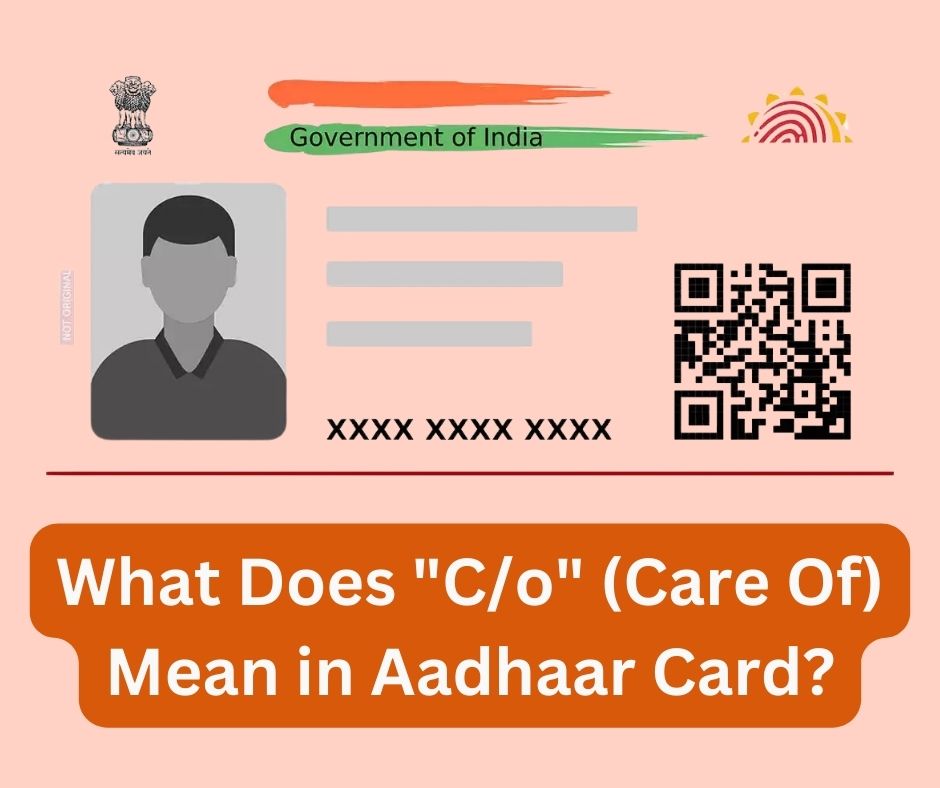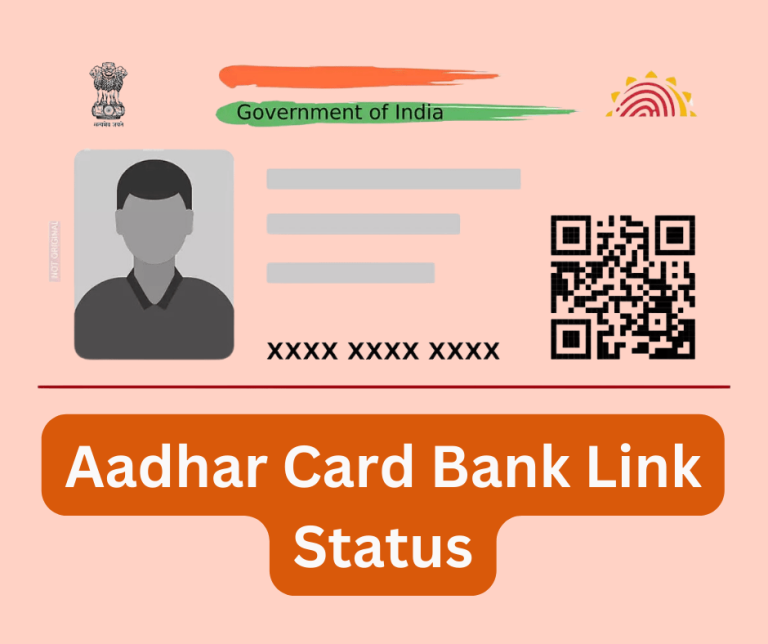What Does “C/o” (Care Of) Mean in Aadhaar Card?
The Aadhaar card is a vital document for Indian residents, serving as proof of identity and address for various purposes. If you’ve ever looked closely at your Aadhaar card, you might have noticed the term “C/o” (Care of) in the address section. Many people are confused about what this means and whether it’s mandatory to fill this field.
What Does “C/o” Mean in Aadhaar?

“C/o” stands for Care Of. It is a part of the address section on the Aadhaar card and is used to indicate a relationship or association with another person. For example:
Previously, Aadhaar cards had fields like S/o (Son of), D/o (Daughter of), or W/o (Wife of) to specify relationships. However, the Unique Identification Authority of India (UIDAI) has now standardized all these options into a single field: C/o.
This change was made to simplify the process and make it more inclusive.
Is It Mandatory to Fill the “C/o” Field?
No, filling the “C/o” field is optional. If you don’t want to include any relationship details in your address, you can leave this field blank. Your Aadhaar card will still be valid without it.
However, including the “C/o” field can be helpful in certain situations:
Why Did UIDAI Standardize “C/o”?
Before 2018, Aadhaar cards had multiple relationship fields like S/o, D/o, and W/o. However, these fields were often restrictive and didn’t account for all types of relationships or living arrangements. For example:
To address these issues and protect privacy, UIDAI introduced the “C/o” field as a universal option. This change also aligns with privacy concerns raised by the Supreme Court of India regarding Aadhaar usage.
How to Add or Update “C/o” in Your Aadhaar Card?
If you want to add or update the “C/o” details on your Aadhaar card, follow these steps:
Online Method
Here is Online method to update “Care Of” details in your Aadhaar:
For more detailed instructions, follow: Aadhaar Card Update
Offline Method
Here are the steps if you want to update your “C/O” in person:
The updated details will reflect on your Aadhaar card within 10–15 days.
Importance of “C/O”
While optional, mentioning “C/o” can be beneficial in certain cases:
However, if privacy is a concern or if it’s unnecessary for your situation, leaving it blank is completely acceptable.
Can You Change “C/o” Back to S/o or W/o?
No, it is no longer possible to change “C/o” back to S/o, D/o, or W/o on your Aadhaar card. UIDAI has removed these options permanently as part of its standardization process. If you previously had S/o or W/o mentioned on your card and update your address now, it will automatically change to C/o.
FAQs
Conclusion
The “C/o” field in an Aadhaar card stands for “Care Of,” offering flexibility and privacy when mentioning relationships in your address details. While optional, it can be useful for clarity and delivery purposes but isn’t mandatory for accessing services linked to Aadhaar.






